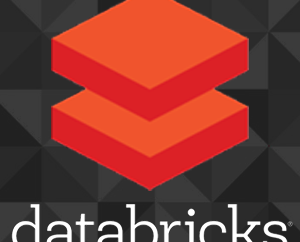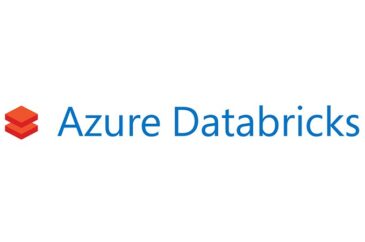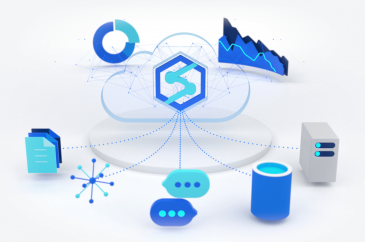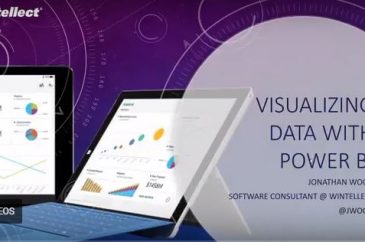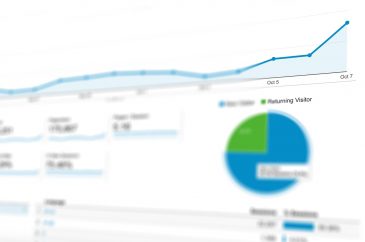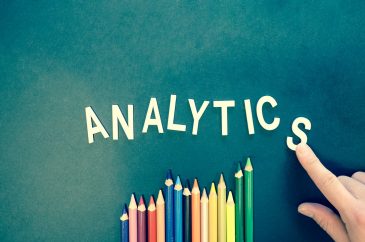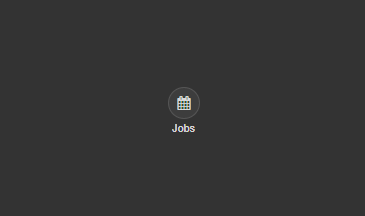
Azure Databricks Series - Part 5
Databricks Jobs
Today’s post will cover Databricks Jobs. There is also the concept of a Spark Job which will be covered briefly to try to avoid confusion. Spark Job When running a Spark application there is the concept of a Spark job. At runtime, the Spark driver converts your Spark application into a job that is transformed…
